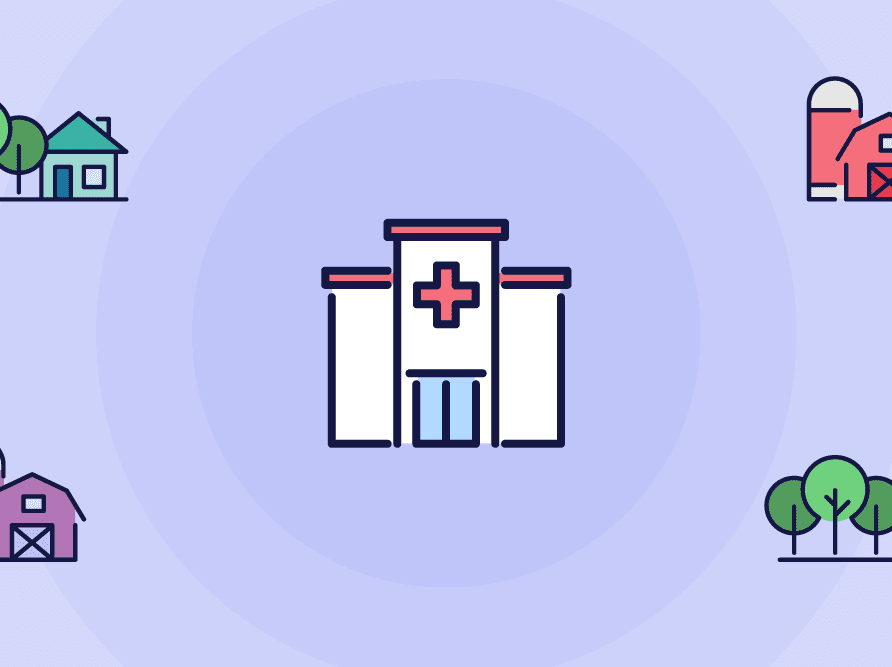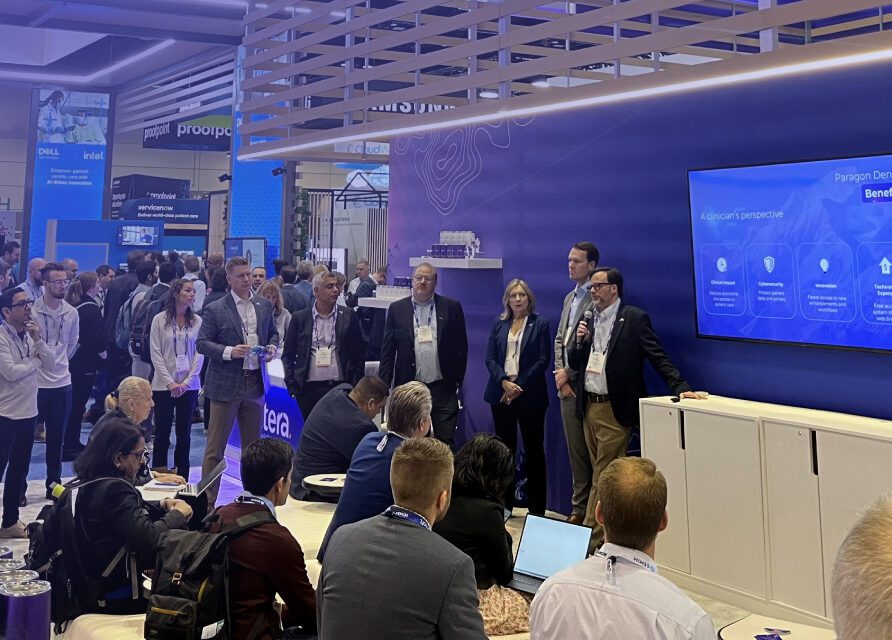Article
Building healthcare harmony: Four design principles for effective health IT
* This content was originally published prior to N. Harris Computer Corporation’s 2022 acquisition of the Allscripts Hospital and Large Physician Practice business segment. Our business is now known as Altera Digital Health.
Julie Zhuo, former vice president of design at Facebook, popularized a mantra often cited by product makers: “Diagnose with data. Treat with design.” In other words, use objective findings to understand a product, people’s behaviors, people’s needs, etc., and use that knowledge to build a solution.
So, what’s the diagnosis for electronic health records (EHRs)? According to one study published in Mayo Clinic Proceedings, physicians gave EHRs an F grade in terms of usability.
At Allscripts, we are changing this prognosis through the work of our Human Experience (HX) team. In that spirit, here are four principles we follow to build better experiences for our clients:
1. Focus on the human experience
In health IT (and other industries), you likely have come across the term “user experience.” Under this framework, designers focus solely on the users the product is being built for and the workflows they interact with to accomplish tasks. While “human experience” sounds similar, it is a much more comprehensive approach. HX designers account for the people who will use the product and their overall wellbeing, other people interacting with them and the larger organization that binds them together.
Healthcare is a complicated ecosystem, and medicine is a team-oriented field. The way providers experience a product can affect how they work with patients, colleagues, administrators and the overarching hospital or health system. Broadening the approach from UX to HX enables our design team to create solutions that fit into humans’ experiences, rather than products people must wrap their workflows around.
2. Fail early, fail often
Human-Centered Design (HCD) is a series of methodologies and processes that are performed in a non-linear manner. It consists of multiple steps including defining scope, performing research and synthesizing those results. The team then ideates a new, bright future and prototypes that future, validating designs through usability testing at every iteration.
Failing in the earlier stages of the design journey is not only inevitable but encouraged. Each time a design team tackles a failure, it is one step closer to building the “right” product. Additionally, it is less cumbersome to fix problems in the earlier stages before developers spend money, time and other resources writing and testing the code. We see failure as an opportunity to learn, hone our skills and make things better for the humans we serve.
3. Get feedback every step of the way
Feedback from a variety of stakeholders is essential in HCD. In addition to gathering feedback from other designers, internal clinicians, product, sales, marketing and development teams, our team prides itself on our deep relationships with our “in-the-field” partners. From the earliest sketches on paper to the production phase, gathering inspiration, input and innovation from physicians and clinicians in the field is essential and core to our success.
At Allscripts, we follow a methodology called “co-creates” across all phases of design. Our designers meet one-on-one with client partners to gain a deeper understanding of their needs. We discuss problems with the current iteration and work together to determine what might provide a better experience for all. Even when the design is about 90% complete and moving into production, we remain flexible, knowing that insights from the field may inform further modifications. Using this method, we ensure we are designing with physicians and clinicians, not just for them, and that we are building the easiest and safest path to meet their goals.
4. Recognize that the design belongs to everyone
Finally, product builders would benefit by separating their feelings from their designs. After spending months or years bringing a design to life, it is natural to have an emotional attachment to the output of all that hard work. While the end result may not align with the designer’s initial intuition, it is something that will fill a need in the field, as supported by all that data collected along the way. By gaining input from all kinds of stakeholders—and collaborating with the humans who will use the design—we know we are bringing them an impactful experience.
With these principles as our guideposts, the Allscripts HX team is innovating a new kind of EHR: the Sunrise™ Platform of Health. Learn more about how Sunrise, centered on the human experience, can benefit your organization, here.













